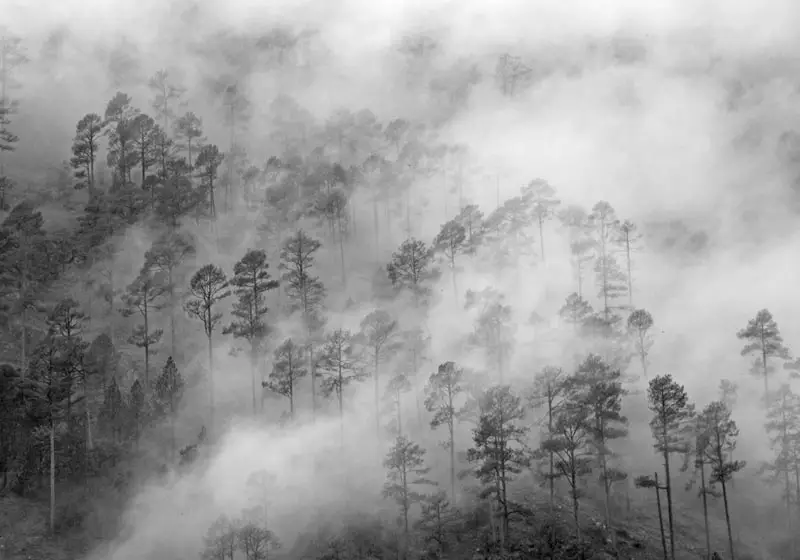Kathmandu Travel Guide
Kathmandu is a treasure trove of culture, history, and spirituality. Nestled in the Kathmandu Valley, the city is home to UNESCO World Heritage Sites like Swayambhunath Stupa (Monkey Temple), Boudhanath Stupa, Pashupatinath Temple, and the historic Durbar Squares of Kathmandu, Patan, and Bhaktapur.
Visitors can immerse themselves in the bustling streets of Thamel, known for its lively markets, cafes, and handicrafts. The city offers a perfect mix of ancient temples, monasteries, and modern amenities, making it a gateway for trekkers and cultural enthusiasts alike.
With pleasant weather in spring and autumn, Kathmandu is an ideal destination to experience the charm of Nepalese heritage, sample local delicacies like momos and dal bhat, and shop for unique souvenirs, all while being surrounded by the majestic Himalayas.
General Travel Information
- Location: Capital city of Nepal, situated in the Kathmandu Valley at an altitude of 1,400 meters (4,600 feet).
- Language: Nepali is the official language, but English is widely understood in tourist areas.
- Currency: Nepalese Rupee (NPR)
- Altitude: Approximately 1,400 meters (4,600 feet) above sea level.
- Visa: Tourists can obtain a visa on arrival at the airport.
- Power Supply: Nepal uses 230V, 50Hz electricity with European-style plugs.
- Local Transport: Taxis, buses, and rickshaws are common; ride-sharing apps are available.
- Best Time to Visit: October to December (ideal weather, clear skies).
- Off-Season: March to May (spring) and September to November.
Kathmandu was once known as the "City of Temples" due to its large number of religious monuments and ancient architecture. Kathmandu's mix of ancient heritage, vibrant culture, and proximity to the Himalayas makes it a truly unique destination!
Staying in Kathmandu
Staying in Kathmandu can offer a diverse experience depending on your preferences, as the city blends rich culture, history, and modernity. List of popular locations in Kathmandu for staying.
Thamel: Lively, bustling, and tourist-centric
- Accommodation: From budget guesthouses to mid-range hotels and upscale properties.
- Advantages: Close to restaurants, shops, cafes, and nightlife. Easy access to tourist spots like Durbar Square, Swayambhunath, and more.
- Best For: First-time visitors, solo travelers, and those looking for a vibrant atmosphere.
Patan (Lalitpur): Quieter, more relaxed, with historical and cultural sites.
- Accommodation: Boutique hotels, guesthouses, and homestays.
- Advantages: Close to the UNESCO-listed Patan Durbar Square, a less touristy but equally beautiful alternative to central Kathmandu.
- Best For: Travelers seeking a calm environment with access to history and culture.
Boudhanath: Spiritual and tranquil.
- Accommodation: Guesthouses and small hotels catering to pilgrims and travelers.
- Advantages: Near the Boudhanath Stupa, one of the largest Tibetan Buddhist stupas in the world. Perfect for those interested in spirituality and Tibetan culture.
- Best For: Peace seekers, spiritual travelers, and those wanting to explore Buddhist culture.
Kathmandu Food Guide
Street Food: Kathmandu offers a great variety of street food. Try momo (dumplings), sel roti (a traditional ring-shaped doughnut), and chatamari (Newari pizza).
Cafés & Restaurants: Thamel is home to many international restaurants offering everything from Italian to Indian, as well as traditional Nepali cuisine.
Popular Dishes: Dal Bhat (lentil soup with rice), Newari foods like yomari, and traditional sweets.
- Momo: Dumplings, a popular street food.
- Dal Bhat: The traditional lentil soup with rice.
- Newari Cuisine: Local dishes like Yomari and Chatamari.
History of Kathmandu
Kathmandu's history dates back over 2000 years, rooted in ancient trade routes and spiritual traditions. The city was initially a vital stop on the trans-Himalayan trade network and flourished as a cultural and commercial hub. It became part of the Licchavi Kingdom (4th–9th century), which laid the foundation for its rich artistic and architectural heritage.
The Malla dynasty (12th–18th century) further enriched Kathmandu, building iconic temples, palaces, and Durbar Squares. In 1768, King Prithvi Narayan Shah unified Nepal and made Kathmandu the capital of the new kingdom. The city has since evolved into Nepal’s political, cultural, and economic center, blending ancient traditions with modern influences.
Mythology about Kathmandu
According to one prominent tale, the Kathmandu Valley was once a vast lake surrounded by mountains. The Bodhisattva Manjushri, a deity associated with wisdom, is said to have cut through the Chobhar Hill with his sword to drain the lake, making the valley habitable. This act revealed the sacred Swayambhu Stupa, believed to have self-emerged as a divine light atop a lotus in the dried lakebed.
Another myth revolves around the name Kathmandu, derived from "Kasthamandap," a wooden pavilion built from a single tree. The structure, located in the heart of the city, was originally a shelter for travelers and worshippers. It is believed to have been built during the reign of King Laxmi Narsingh Malla in the 12th century, although its origins may trace back further.
The city also holds deep significance in Hindu and Buddhist traditions, with countless temples and stupas linked to divine beings, such as Lord Shiva's association with the sacred Pashupatinath Temple and Avalokiteshvara's connection to the Boudhanath Stupa. These legends have helped shape Kathmandu's identity as a spiritual and cultural hub.
Best Suggested Kathmandu Travel Itinerary (5 - 7 Days)
Day 1: Arrival in Kathmandu
Arrive in Kathmandu and check into your hotel. Explore Thamel, the vibrant tourist district, and enjoy local cuisine.
Day 2: Kathmandu Sightseeing
Visit Swayambhunath Stupa (Monkey Temple) for city views. Explore Pashupatinath Temple, a sacred Hindu site. Walk around Boudhanath Stupa, a UNESCO World Heritage Site.
Day 3: Kathmandu Durbar Square and Patan
Explore the ancient royal palace at Kathmandu Durbar Square. Visit Patan Durbar Square, renowned for its Newari art and architecture.
Day 4: Bhaktapur Excursion
Take a day trip to Bhaktapur, a beautifully preserved medieval city. Try the famous Juju Dhau (Newari curd).
Day 5: Nagarkot or Dhulikhel
Head to Nagarkot for panoramic views of the Himalayas and sunrise/sunset over Mount Everest (on clear days).
Day 6: Adventure or Relaxation
Go for a short hike or relax at the Garden of Dreams. Shop for handicrafts and souvenirs in Thamel or Asan Bazaar.
Day 7: Departure
Depart from Kathmandu with unforgettable memories.
Popular Kathmandu Tour Packages
- Delhi-Kathmandu Tour: 4-5 days by air, includes flights, accommodation, and sightseeing.
- Varanasi to Kathmandu Overland: Explore both spiritual cities in a single trip.
- Nepal Cultural Tour: Includes Kathmandu, Bhaktapur, and Pokhara for a broader Nepal experience.
Kathmandu offers an incredible mix of cultural heritage, spiritual experiences, and natural beauty. Whether you’re an adventurer, history enthusiast, or seeker of serenity, this city has something for everyone.
Kathmandu Weather
Check out the Kathmandu weather report for December
Kathmandu Weather in December
The minimun and maximum temperature in December in Kathmandu is 3°C and 20°C respectively. The weather is generally sunny and clear in December and you would feel cold throughout the day. Heavy Woolen clothes are recommended for Kathmandu in December.
What is Kathmandu famous for?
Kathmandu is famous among tourist as Trekking base camp, Adventure and Trekking Hub, Temples, Monastries, Cultural City, Historical Landmarks, Local Markets, Nigthlife.
Kathmandu is recommended destination for Corporates, Couples, Family and Kids, Foreigners, Groups, Solo.
Kathmandu is popular destination for following activities/ interests - Adventure, Base Camps (Trek), Historical, Pilgrimage, Religious, Trekking.


